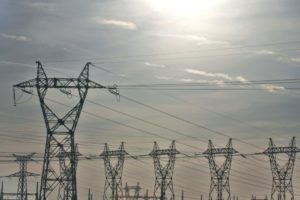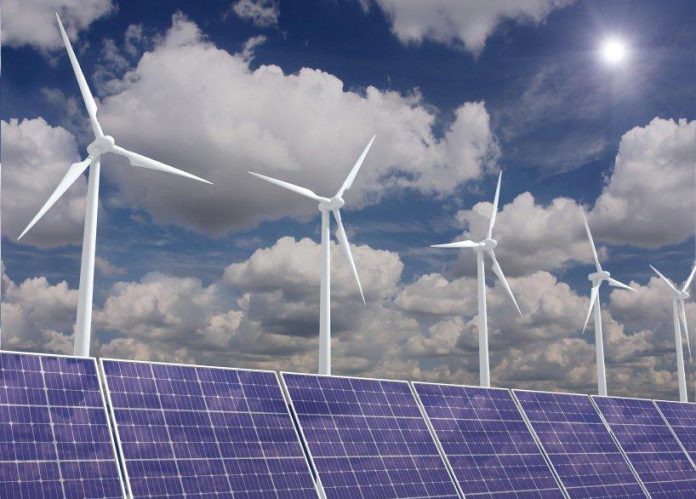A meeting was recently held on 5th July and 6th July in the New Delhi of India which was named “Nepal-India Power Exchange Committee meeting”. This is a special type of meeting which is based on Energy Banking between the two countries. Energy banking deals with the exchange of energy for energy i.e when there is an excess amount of energy in one country, it will be supplied to the other country and vice versa. The meeting between NEA(Nepal Electricity Authority) and CEA(Central Electricity Authority of India), concludes with the decision of starting energy banking by the year 2019-2020.
As per the agreement between these two countries, if the amount of energy between Nepal and India is equally exchanged then there will be no charges required on either side. Likewise, if one country imports more energy then it has exported, then it will have to pay for the additional imported electricity charge. The spokesperson of NEA is Prabal Adhikari, who has said that the discussions had already been taken regarding the amount of electricity to be exchanged. Also, the electricity will be imported and exported to different countries in different seasons. It is to be assumed that within the next six months, the guidelines on energy banking will be ready. As the energy banking has been executed in various cities of India, the CEA has assigned the duty to prepare the guidelines.

At the same meeting, India has proposed to hike the electricity tariff by 5% from 15% to 20%, which was rejected by NEA. By the coming 2025-26, fiscal year, Nepal’s electricity production will reach 5,600 MW and the domestic demand is expected to reach 3,500 MW as said by NEA. The excess 2,100 MW of electricity will be exported to India through the energy banking agreement in coming years.













